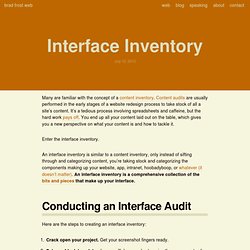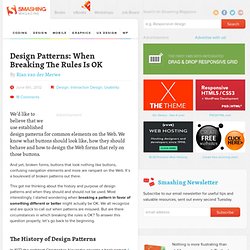

Affordances and Design. In the world of design, the term "affordance" has taken on a life far beyond the original meaning.

It might help if we return to the original definition. Let me try to clarify the definition of the term and its many uses. The word "affordance" was originally invented by the perceptual psychologist J. J. Gibson (1977, 1979) to refer to the actionable properties between the world and an actor (a person or animal). I introduced the term affordance to design in my book, "The Psychology of Everyday Things" (POET: also published as "The Design of ... "). In product design, where one deals with real, physical objects, there can be both real and perceived affordances, and the two need not be the same. In similar vein, because I can click anytime I want, it is wrong to argue whether a graphical object on the screen "affords clicking. " In graphical design, one is really talking about conventions, or what I called logical and cultural "constraints" in POET.
In the world of design, what matters is: Interface Inventory. Many are familiar with the concept of a content inventory.

Content audits are usually performed in the early stages of a website redesign process to take stock of all a site’s content. It’s a tedious process involving spreadsheets and caffeine, but the hard work pays off. You end up all your content laid out on the table, which gives you a new perspective on what your content is and how to tackle it. Enter the interface inventory. An interface inventory is similar to a content inventory, only instead of sifting through and categorizing content, you’re taking stock and categorizing the components making up your website, app, intranet, hoobadyboop, or whatever (it doesn’t matter). Conducting an Interface Audit Here are the steps to creating an interface inventory: Crack open your project.
Benefits of an Interface Inventory Why go through all the trouble of deconstructing and cataloging an interface? Interface Inventories In Action As you can see, there are far fewer button styles.
Forms. Scrolling & the Fold. Navigation. Wording. Design Patterns: When Breaking The Rules Is OK. Advertisement We’d like to believe that we use established design patterns for common elements on the Web.

We know what buttons should look like, how they should behave and how to design the Web forms that rely on those buttons. And yet, broken forms, buttons that look nothing like buttons, confusing navigation elements and more are rampant on the Web. It’s a boulevard of broken patterns out there. This got me thinking about the history and purpose of design patterns and when they should and should not be used. The History of Design Patterns In 1977, the architect Christopher Alexander cowrote a book named A Pattern Language: Towns, Buildings, Construction, introducing the concept of pattern language as “a structured method of describing good design practices within a field of expertise.” At the core… is the idea that people should design for themselves their own houses, streets and communities. Street cafe in San Diego (Image credit: shanputnam) And the solution: That last sentence is key.